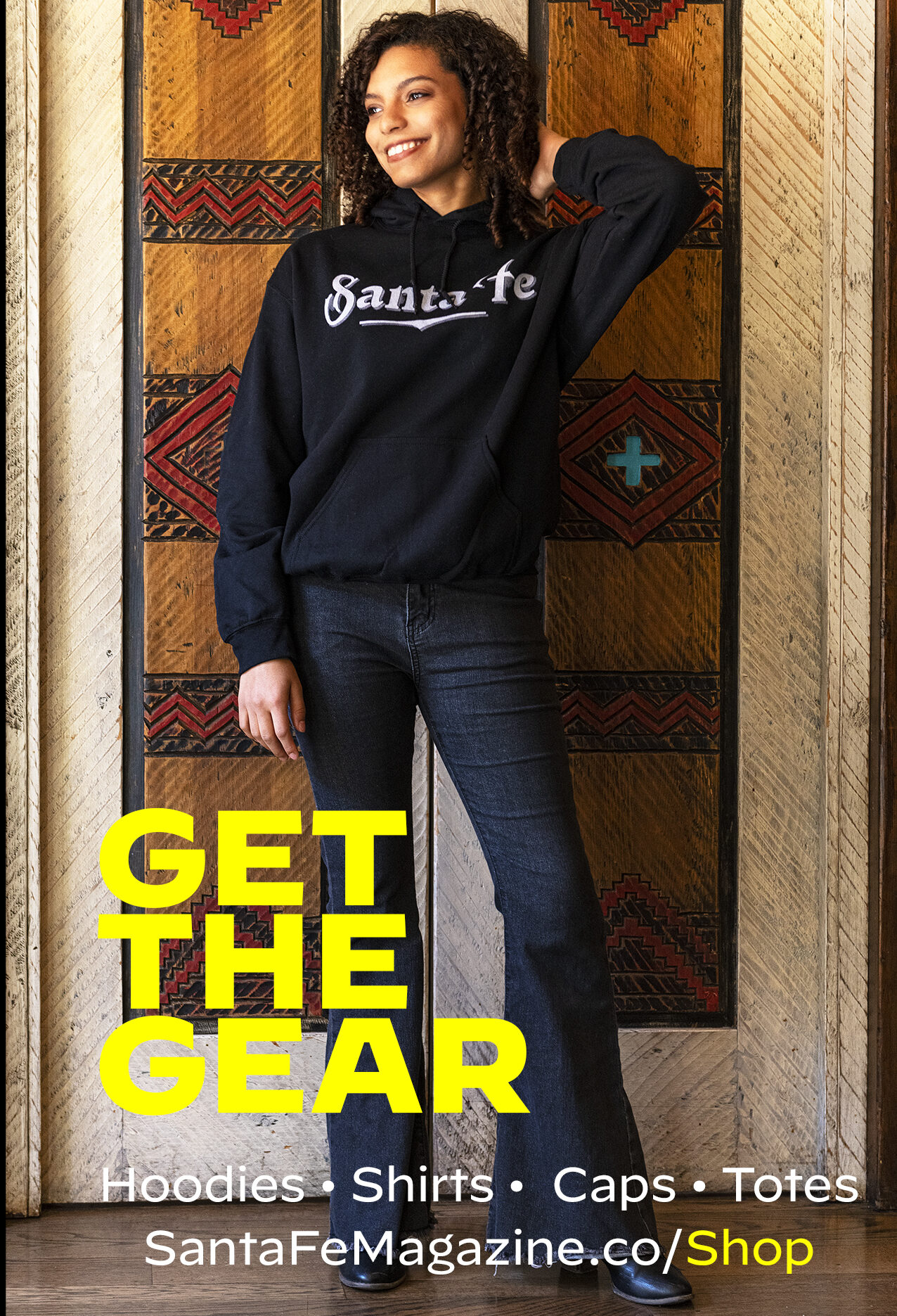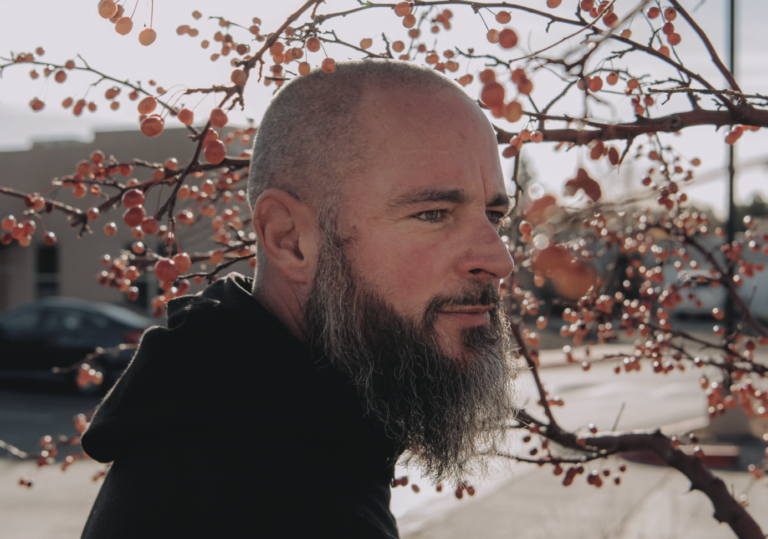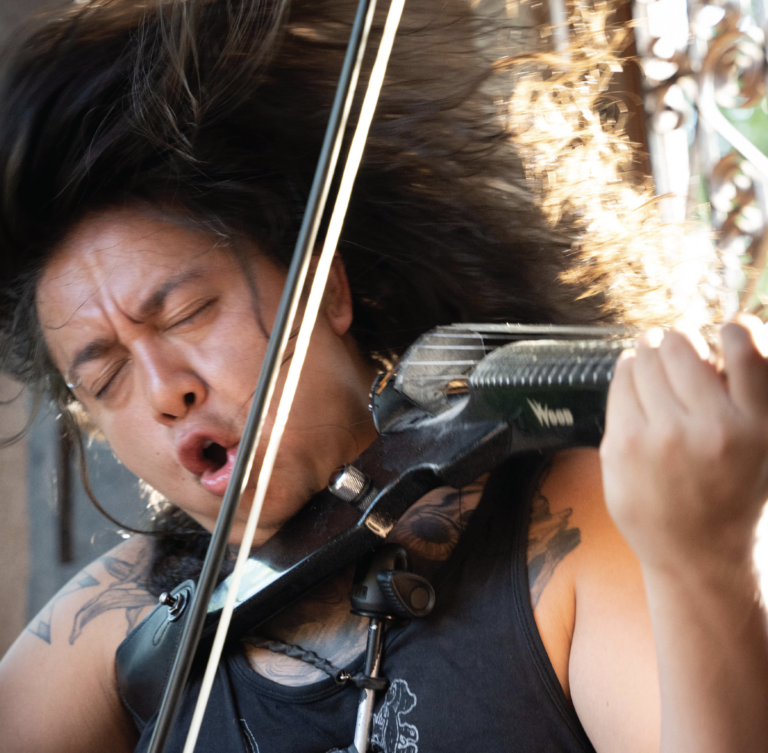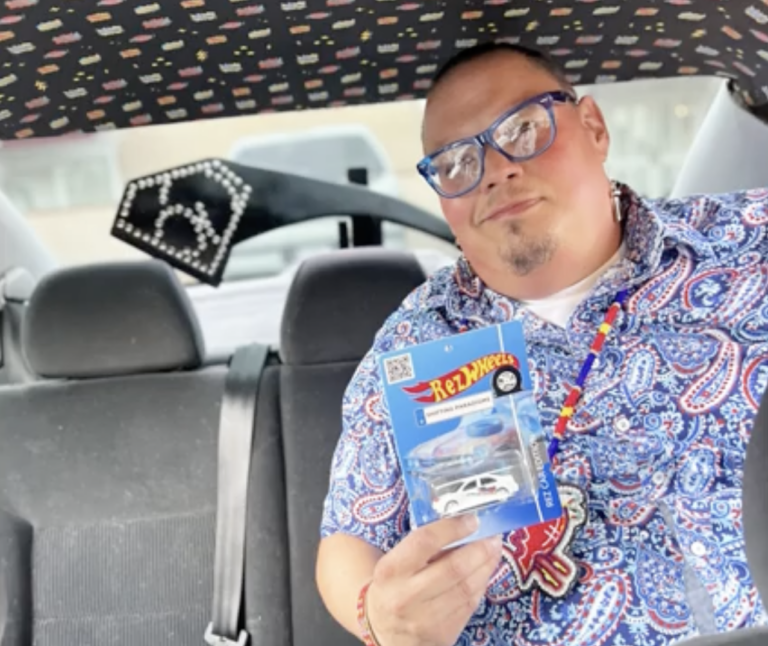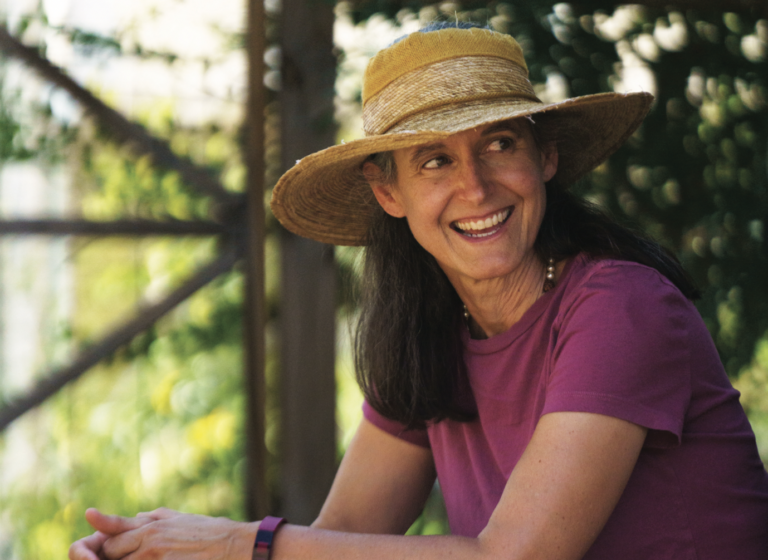MORGON SEDUSA did not set out to found a burlesque troupe. Her first shot at producing a Valentine’s Day show at a local bar snowballed into what is now Quiver and Tempt Society – an ensemble giving Santa Fe the seductive, inclusive, zealous space that its queer community has been craving.
When she was younger, Morgon didn’t have role models to look up to. Through burlesque, she channeled an amazing one: Medusa, a trans woman reincarnate. Now she works with a group of more than twenty performers, hosting scintillating acts of movement and storytelling. The result? Performances running the gamut from clowning hilarity to deep introspection on what it means to exist as a queer person in today’s political landscape. Not something to miss.
What is burlesque?
It’s a complicated question. At no point in time has it really been clearly defined. Some people think it started as satire. Some think it was rooted in erotic arts. Abbott and Costello were technically burlesque performers of their time, so if you think about the fact that these classic early American comedians were technically burlesque performers…burlesque has changed a lot.
Really, I’d say it’s about breaking expectations. It’s about reclaiming power, and it’s usually done through a sensual lens, but not always.
How does Quiver and Tempt Society find performers?
We hold public auditions before most of our shows, trying to invite everyone and anyone who might want to come onto the stage and give it a shot. When we accept someone, we tell them how many workshops they need to do before they get to perform. We really try to include everybody.
What is your background with burlesque?
There’s a community called the Exotic Dance Community. Their whole premise is that you play music, you go into a room with people, you don’t look at your phone, you don’t talk to anyone – you just dance. It’s kind of like self-liberation through movement. In other words: no structure. I did that and pole dancing for a little while.
The first burlesque show I saw was by Zircus Erotique at The Lodge in 2018. Then about four and a half-ish years ago, I jumped into a burlesque workshop. By talking and supporting each other, we got into different shows around town. I think I just happened to be at the right place at the right time, talking to the right people.
What are the backgrounds of your performers?
We’re mostly movement based. I think most people tend to think of burlesque from a stripping point of view, but most of our performers aren’t ex-strippers. They’re not all ballet trained, either, which are kind of the two largest demographics of burlesque performers. Some of us have clowning experience, and a couple of us were theater kids. We’ve even got someone who can ballroom vogue.
You’ve spoken about your gender dysphoria and how you dealt with it through burlesque, saying that you learned how to shape your identity in a culture unforgiving of transness. You channeled an identity: Medusa reincarnated as a trans woman. She was the person inside of you who wanted to come out but couldn’t, because the world simply doesn’t permit women like Morgon to exist. Then there’s your radical hope that a queer burlesque stage would accept her.
These two story lines overlap. The Medusa persona was workshopped with the same group of people that I first started burlesque with. There’s been a lot of growth. When I started Quiver and Tempt Society, I couldn’t have known how huge it would become. I just knew there was a need, and I had clicked into it right before the pandemic.
As far as my own gender experience, it went hand-in-hand with burlesque. The pandemic shut down my burlesque career for a while. It also shut down my ability to connect with the queer community because everyone was isolating, but I had a story of grief to share.
It’s like I’ve been stuck in this body, I’ve been stuck in my house, and no one can hear me scream. That’s how I started the first shows, and people loved it. It was weird to get on stage and tell people, like, I’m going insane, and then to have everyone say, This is amazing. You’re my hero. Do more!
That culminated in our show When Stars Align, which talked about relationships, identity, and how we interact with others. It was really co-created by a lot of artists.
Right after Stars Align, I went to Thailand to get gender-affirming surgery. So my journey has definitely evolved. I’m in the midst of planning the anniversary show for the first performance that I did, and I’m looking back on that performance and just racking my brain, like, Am I still sad? If I am, what is it about? I don’t know anymore, but I’m excited.
WANT TO READ MORE? SUBSCRIBE TO SANTA FE MAGAZINE HERE!
Photo SFM


